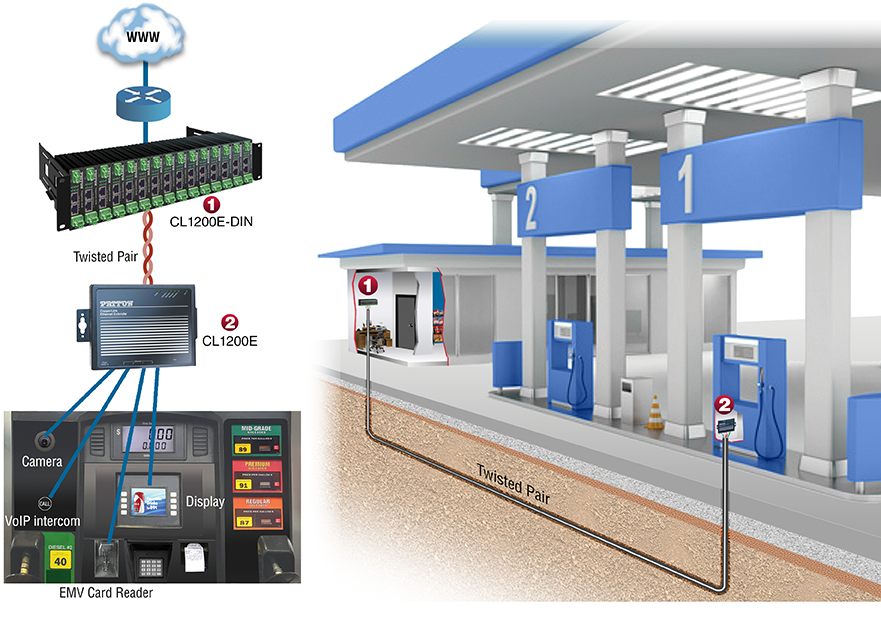Trends
All-IP Convergence
Cloud Communication
IP Video, HD Video & Digital Signs
MTM, IoT & Connected Sensors
Physical Security & Biometrics
Markets
Retail
Security & Surveillance
Telecom/Internet/Network Services
Energy
Transportation & Infrastructure
Migrate to EMV






